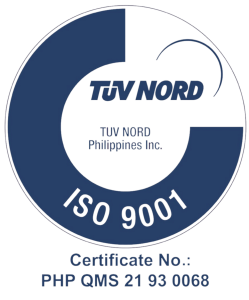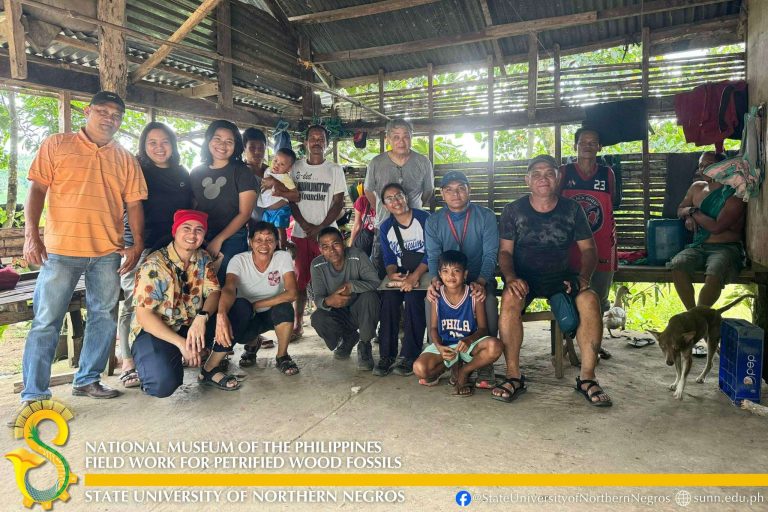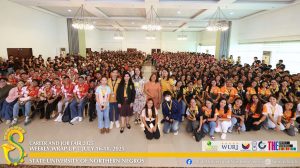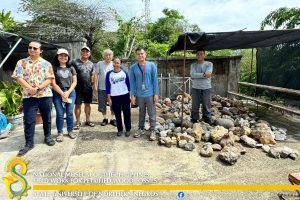
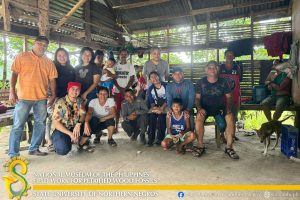
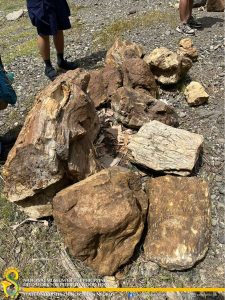
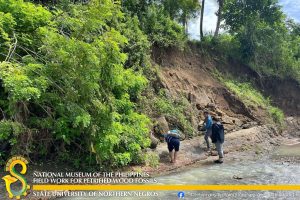
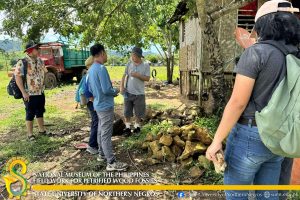
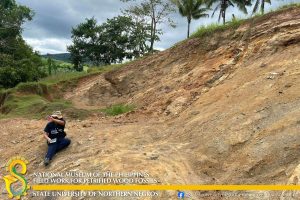
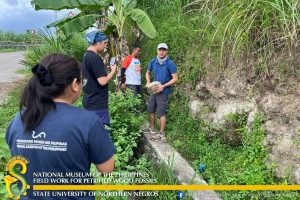
The Geology and Paleontology Division of the National Museum of the Philippines, in partnership with the State University of Northern Negros (SUNN) and the Calatrava Local Government Unit, recently conducted an extensive research project on the petrified wood fossils of Negros. A key figure in this endeavor was Dr. Tomoki Kase, a renowned paleontologist, who accompanied the team throughout the study. This project, which took place from August 22 to 27, 2024, was designed to document and investigate the island’s abundant fossil deposits, providing new insights into the complex geological history of both the region and the country.
Petrified wood fossils, formed through permineralization over millions of years, offer unique insights into the ancient environments of Negros. These fossils serve as evidence of the island’s rich natural past and as crucial indicators of climatic and ecological changes over geological time scales.
During this project, the team conducted extensive geologic mapping and surveys of reported fossil sites across Negros. These efforts were focused on identifying the precise locations of in situ fossils, enabling detailed documentation and analysis. The data collected from these surveys is expected to significantly enhance the scientific community’s understanding of the island’s geological history.
Understanding the value of local expertise, the National Museum requested assistance from the State University of Northern Negros (SUNN). Recognized as a key stakeholder in the region and one of the few organizations with detailed knowledge of the fossil sites, SUNN provided invaluable assistance throughout the study. SUNN personnel provided on-ground support, leveraging their expertise and familiarity with the area to guide the museum’s team through the fossil-rich sites. Faculty members from the university, particularly from the BS Biology program, actively participated in the research activities, contributing their expertise in biodiversity and environmental science. Their involvement in fossil identification, field mapping, and data collection reinforced the university’s role in advancing geological and paleontological studies.
Their contributions, alongside Dr. Kase’s leadership and collaboration with the National Museum and the Calatrava Local Government Unit, underscored the importance of interdisciplinary and inter-organizational cooperation in advancing the understanding of the region’s geological history.
This project not only highlights the scientific significance of the petrified wood fossils of Negros but also reinforces the vital role that local expertise and international collaboration play in uncovering the historical treasures of the Philippines.
This collaboration underscores the importance of local academic institutions in national research initiatives. The partnership between the National Museum and SUNN not only ensures the preservation of Negros’ geological heritage but also contributes to the broader scientific understanding of the Philippines’ natural history. The findings from this project are expected to inform future studies and conservation efforts, helping to protect the island’s geological legacy for future generations.


